
The results may be beneficial for the development of exercise programs designed for an aging population. Photo: iStock
As we grow older, our muscular function declines. A new study by researchers at Karolinska Institutet in Sweden shows how an unexpectedly high number of mutations in the stem cells of muscles impair cell regeneration. This discovery may result in new medication to build stronger muscles even when in old age. The study is published in Nature Communications.
It has already been established that natural aging impairs the function of our skeletal muscles. We also know that the number and the activity of the muscles’ stem cells decline with age. However, the reasons for this have not been fully understood. In a new study, researchers at Karolinska Institutet have investigated the number of mutations that accumulate in the muscle’s stem cells (satellite cells).
“What is most surprising is the high number of mutations. We have seen how a healthy 70-year-old has accumulated more than 1,000 mutations in each stem cell in the muscle, and that these mutations are not random but there are certain regions that are better protected,” explains Maria Eriksson, Professor at the Department of Biosciences and Nutrition at Karolinska Institutet.
The mutations occur during natural cell division, and the regions that are protected are those that are important for the function or survival of the cells. Nonetheless, the researchers were able to identify that this protection declines with age.
“We can demonstrate that this protection diminishes the older you become, indicating an impairment in the cell’s capacity to repair its DNA. And this is something we should be able to influence with new drugs,” explains Maria Eriksson.
The researchers have benefited from new methods to complete the study. The study was performed using single stem cells cultivated to provide sufficient DNA for whole genome sequencing.
“We achieved this in the skeletal muscle tissue, which is absolutely unique. We have also found that there is very little overlap of mutations, despite the cells being located close to each other, representing an extremely complex mutational burden,” explains the study’s first author, Irene Franco, Postdoc in Maria Eriksson’s research group.
The researchers will now continue their work to investigate whether physical exercise can affect the number of accumulated mutations. Is it true that physical exercise from a young age clears out cells with many mutations, or does it result in the generation of a higher number of such cells?
“We aim to discover whether it is possible to individually influence the burden of mutations. Our results may be beneficial for the development of exercise programs, particularly those designed for an aging population,” explains Maria Eriksson.
The researchers gained access to the muscle tissue used in the study via a close collaboration with clinical researchers, including Helene Fischer at the Unit for Clinical Physiology at Karolinska University Hospital.
Reference: “Somatic mutagenesis in satellite cells associates with human skeletal muscle aging” by Irene Franco, Anna Johansson, Karl Olsson, Peter Vrtačnik, Pär Lundin, Hafdis T. Helgadottir, Malin Larsson, Gwladys Revêchon, Carla Bosia, Andrea Pagnani, Paolo Provero, Thomas Gustafsson, Helene Fischer and Maria Eriksson, 23 February 2018, Nature Communications.
DOI: 10.1038/s41467-018-03244-6

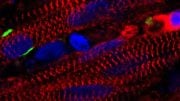
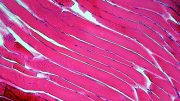

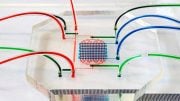
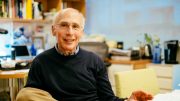
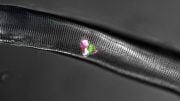
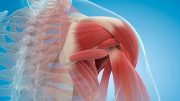
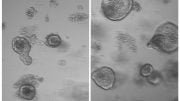
Be the first to comment on "New Stem Cell Research May Result in Medication to Build Stronger Muscles"